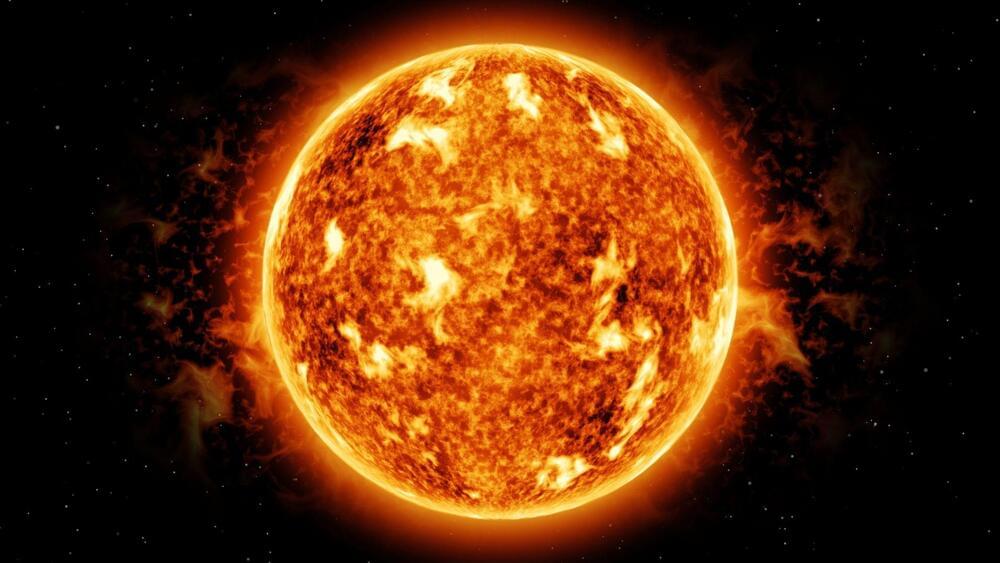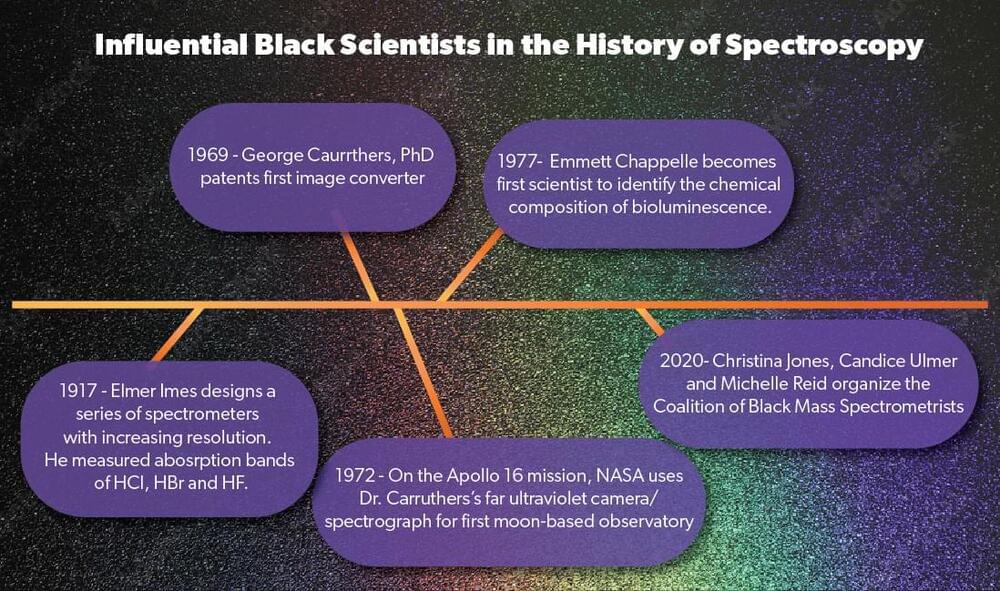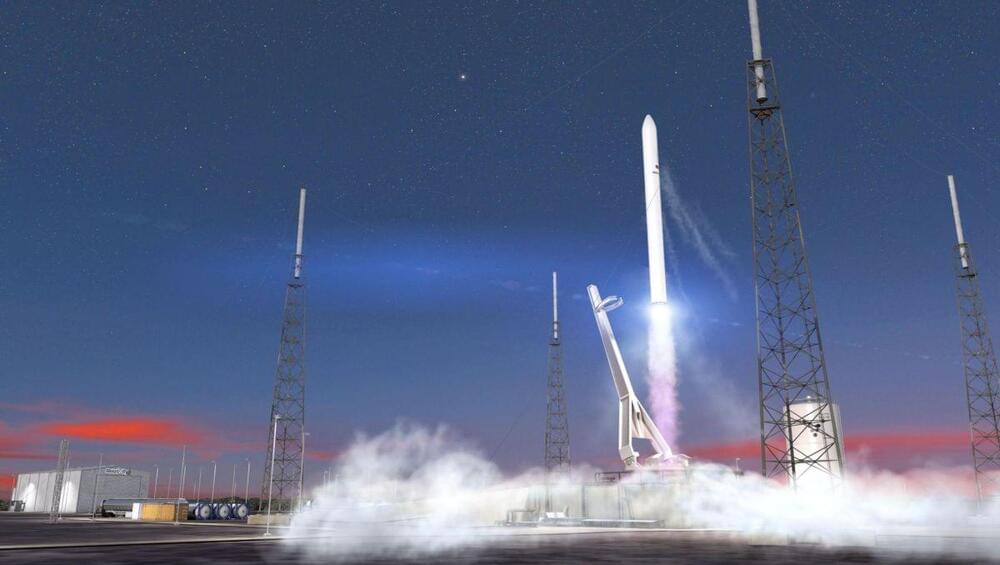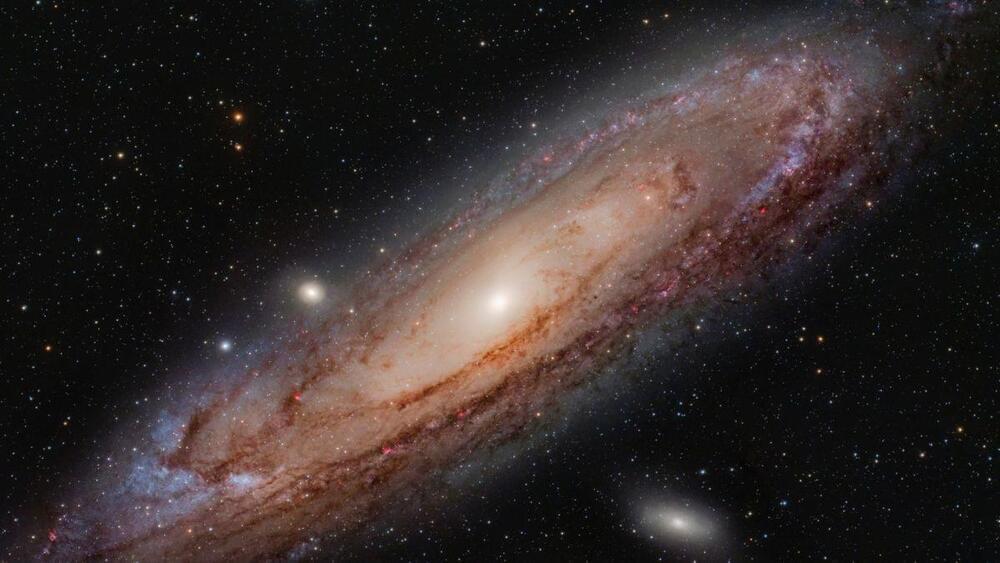The powerful flare caused a radio blackout over South America.
The Sun sent out a very powerful solar flare in the morning hours of Saturday EST time. NASA’s Solar Dynamic Observatory captured a video of the same.
Sunspots and solar flares.
Thomas Faull/iStock.
Solar flares are powerful eruptions of electromagnetic radiation from a region of the Sun with an intense magnetic field. This high-intensity magnetic field temporarily stops the convection process on the solar surface, which cools down the region. When observed from a distance, it appears darker than the solar disc and is known as a sunspot.






